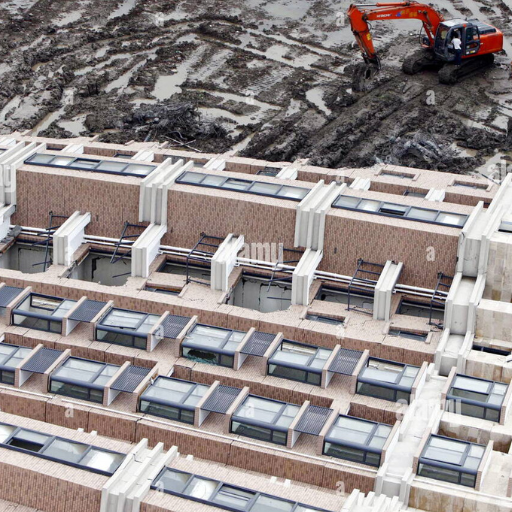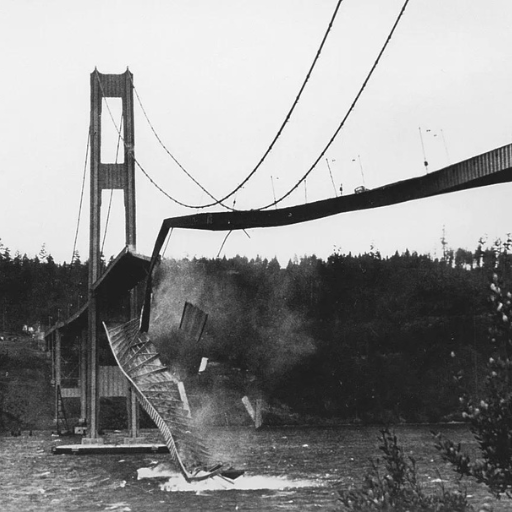.png)
Famous Structures: Architectural Fails & What Went Wrong
Architecture and engineering are worlds filled with towering achievements. But not every project goes as planned. Sometimes, things can go wrong, even with big dreams and hard work.
Let's take a trip. We'll start in Boston with the John Hancock Tower, a massive building with its own set of problems. Then, we'll fly to Shanghai to learn about the Lotus Riverside Complex, a modern living space that faces a big challenge. Finally, we'll land in Washington to hear the story of the Tacoma Narrows Bridge and what went wrong there.
Each of these places tells a story. They show that while making mistakes is part of the process, learning from them counts. Join us as we explore these tales of ambition, challenges, and the lessons they've left behind.
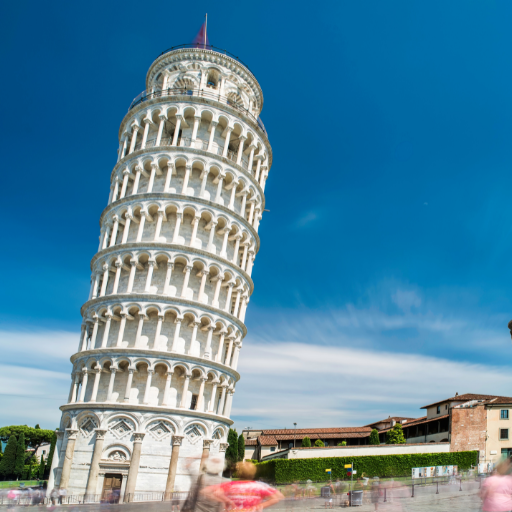
The Leaning Tower of Pisa
For many, the Leaning Tower of Pisa perfectly symbolizes Italian charm and architectural prowess. Situated in the Tuscan city of Pisa, this Romanesque-style campanile, or freestanding bell tower, took about 200 years to complete. Initially, it was meant to stand upright like any tower, but the story took a different twist soon after construction began in 1173.
What went wrong: The culprit was the foundation. Pisa's name, intriguingly enough, means "marshy land." The tower's foundation was set on soft ground, a mix of clay, fine sand, and shells. This unstable setting couldn't support the tower's weight, leading it to tilt. Over the years, numerous attempts were made to correct its inclination, but significant stabilization efforts bore fruit in the late 20th century. However, the Leaning Tower had become a beloved world attraction by then.
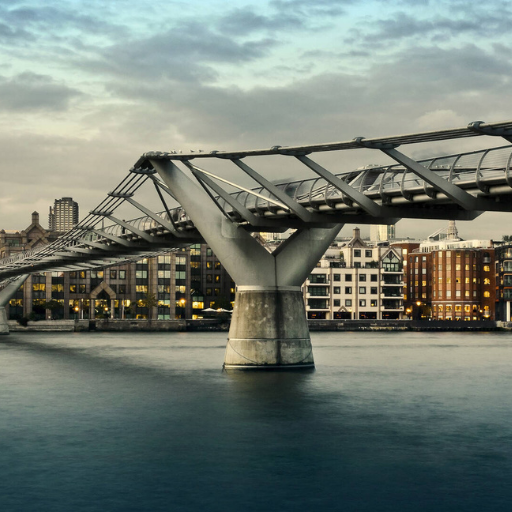
The Millennium Bridge, London
London's skyline is an amalgamation of history and modernity. The Millennium Bridge, opened in 2000, was a modern addition intended to be a pedestrian link between the city's landmarks: St. Paul's Cathedral and Tate Modern. However, soon after its opening, the bridge gained the nickname the "Wobbly Bridge."
What went wrong: As crowds flocked to this new architectural wonder, they noticed something unsettling. The bridge began to sway side to side, causing panic among the pedestrians. The phenomenon was later termed "synchronous lateral excitation." In layman's terms, the natural footfalls of pedestrians caused tiny sways in the bridge. As more people walked, these sways were amplified, causing the noticeable wobble. The bridge was closed for nearly two years for modifications and was reopened in 2002 after dampers were added to prevent the wobbling.
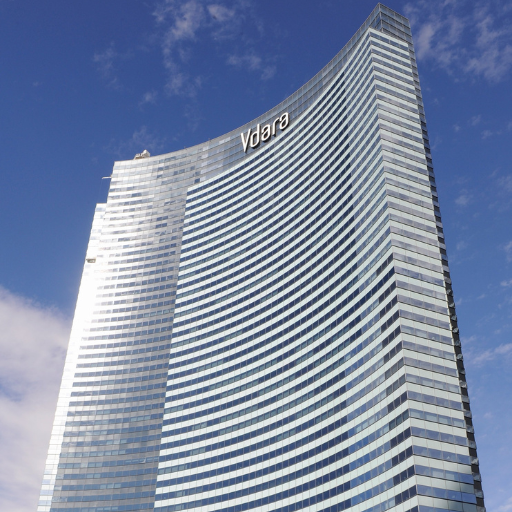
Vdara Hotel in Las Vegas
Las Vegas is the city of lights, glamour, and some truly innovative architecture. Among its glitzy skyline is the Vdara Hotel, a curved, sleek high-rise that boasts luxury and style. But soon after its opening in 2009, the hotel became infamous for something other than its luxurious rooms.
What went wrong: Due to its concave design and the highly reflective glass used in its construction, the hotel acted like a magnifying glass. At certain times of the day, the building would concentrate sunlight onto the pool area, raising temperatures in that spot significantly. This phenomenon earned the hotel the nickname "Death Ray Hotel." Guests complained of getting sunburned, and plastic items reported melting. To counter this, the hotel installed large umbrellas in the pool area and applied a non-reflective film to the building's windows.

John Hancock Tower, Boston
Glistening against the Boston skyline, the John Hancock Tower, completed in 1976, stands as the tallest building in New England. With its unique parallelogram shape and blue reflective glass, the tower was designed to be an emblem of modernity. However, during its early years, it became known for a rather unsettling phenomenon.
What went wrong: Not long after its completion, sheets of glass, each weighing 500 pounds, began to detach from the building and crash onto the streets below. The root cause? Unanticipated thermal stresses and wind patterns which were not factored into the design. As a temporary measure, plywood panels replaced the fallen glass, earning the skyscraper the nickname "Plywood Palace." Eventually, the entire facade had to be replaced at a significant cost. Today, the John Hancock Tower stands tall with its issues resolved, serving as a lesson in the importance of thorough structural testing.
Lotus Riverside Complex, Shanghai
In the bustling city of Shanghai, the Lotus Riverside Complex was intended to be a luxurious residential area with 11 buildings. However, in 2009, one of these 13-story buildings toppled over, lying almost intact on its side. Images of this collapsed building went viral, causing shockwaves in the construction community worldwide.
What went wrong: The primary reason behind the collapse was a poor foundation. While digging a garage next to the building, the contractors failed to adequately consider the impact on the adjacent structure. Large amounts of earth were removed, and the resultant mud was dumped into a nearby river. This caused the riverbank to collapse, destabilizing the building's foundation, leading to its fall. Thankfully, the building was unoccupied at the time. The event underscored the importance of environmental impact assessments in urban construction.
Tacoma Narrows Bridge, Washington
It's not often that a bridge earns a nickname, but "Galloping Gertie" was no ordinary bridge. Located in Washington State, the Tacoma Narrows Bridge was unveiled to the public with much fanfare in July 1940. But its glory was short-lived, as by November of the same year, a catastrophic failure led to its downfall, both literally and figuratively. Since then, the bridge's collapse has been scrutinized in engineering classrooms around the world.
What went wrong: On the surface, the Tacoma Narrows Bridge was an epitome of modern design. Its slender and streamlined look certainly caught the eye, but it hid an inherent flaw. While it might have looked sleek, this very design made it exceptionally vulnerable to wind forces.
On that fateful day in November, it wasn't a raging storm or hurricane-force winds that brought down Galloping Gertie. Instead, it was a phenomenon called "resonance." Imagine plucking a guitar string; the string vibrates at a natural frequency. Similarly, every structure has a natural frequency at which it vibrates. On the Tacoma Narrows Bridge, the rhythm of wind gusts that day matched the bridge's natural frequency. This caused it to sway in a synchronized manner, amplifying the oscillations until they became uncontrollable.
The "galloping" motion, which gave the bridge its nickname, wasn't just a curious sight; it was a signal of impending doom. The violent undulations eventually became too much for the structure to bear, leading to its tragic collapse. This disaster reshaped the world of civil engineering, stressing the significance of considering aerodynamic forces, even for seemingly robust structures like bridges.
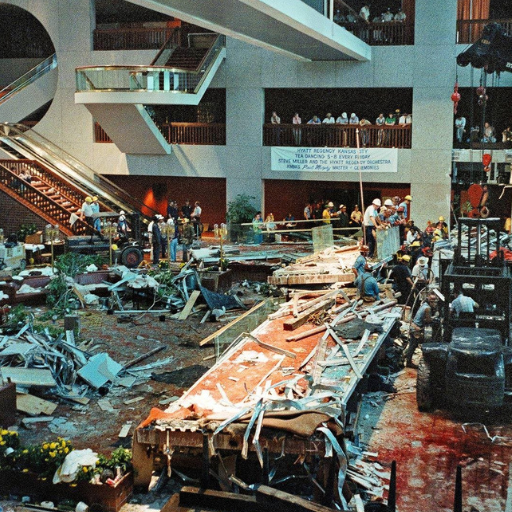
The Hyatt Regency Walkway Collapse, Kansas
Opened with fanfare in 1980, the Hyatt Regency Kansas City boasted an innovative design, featuring multi-level atriums and suspended walkways. These walkways, especially, became an attraction, allowing guests to traverse the large atrium from one side to the other while enjoying the view below. However, on July 17, 1981, during a dance competition with over a thousand attendees, the unimaginable happened. The second and fourth-floor walkways collapsed, crashing onto the crowded atrium below. The tragic incident led to 114 deaths and injured over 200 people, making it the deadliest structural collapse in U.S. history until the 9/11 attacks.
What went wrong: At the heart of this catastrophe was a design modification that went unchecked. The walkways were suspended using rods that ran through them, connecting to the ceiling. The original design called for a continuous rod from the ceiling through both the fourth-floor walkway and then the second-floor walkway below it. However, this design was modified, resulting in the fourth-floor walkway hanging from the ceiling and the second-floor walkway hanging from the fourth-floor structure. This change effectively doubled the load on the connector, and tragically, the structure was not equipped to handle such stress. Poor communication between the design team and the contractors, combined with a lack of proper oversight, allowed this fatal modification to proceed unchecked.
In the vast tapestry of human achievement, our buildings and bridges stand tall, not just as marvels of design, but as chronicles of passion, ambition, and sometimes, profound lessons. As we traverse the tales of these seven architectural ventures, we're not just exploring concrete, steel, and glass. We're delving into dreams woven into every corner and aspirations etched into every stone.
Picture this: behind every shimmering skyscraper or majestic bridge, there's a flurry of decisions, calculations, and precautions. And sometimes, amidst this whirlwind, things don't go as planned. But isn't that the essence of growth? Every misstep and every oversight serves as a beacon for future builders and dreamers, illuminating a more straightforward path forward.
These tales, both awe-inspiring and cautionary, reflect not just our architectural feats but also our collective journey. A journey filled with boundless innovation yet interspersed with moments that remind us of the importance of care, caution, and foresight.
In wrapping up our journey, let's not just admire the towering accomplishments or ponder over the flaws. Instead, let's embrace the deeper message: that in pursuit of greatness, it's okay to stumble as long as we rise, learn, and forge ahead. Ultimately, it's not just about the structures we build but the wisdom we construct along the way, shaping a resilient, inspired, and forever evolving future.
